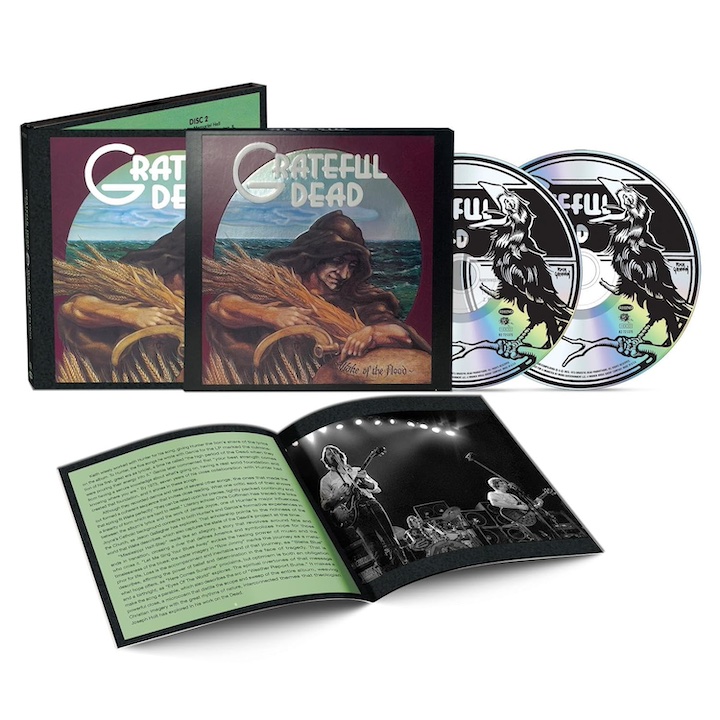The Grateful Dead’s reissue program continues with a 50th–anniversary edition of Wake of the Flood, the group’s sixth studio album (following three live LPs).
The self-produced record, which originally came out in October 1973, evidenced several notable changes. It was the band’s first LP without founding member Ron “Pigpen” McKernan, who died in March of the same year at age 27 (yup, another member of the so-called “27 Club”). Mickey Hart, one of the group’s two drummers, was out of the picture for this album, as well. This was the Dead’s first studio album with keyboardist/vocalist Keith Godchaux and his wife, singer Donna Godchaux. It was also the band’s first LP to appear on its own eponymous record label. Finally, though Phil Lesh played a bit of trumpet on 1968’s Anthem of the Sun, Wake of the Flood was the first Dead album to prominently feature horns (two trumpets, two saxophones, and a trombone).
All those changes had an impact on the music, especially when you compare Wake of the Flood with the group’s most recent previous studio efforts, 1970’s Workingman’s Dead and American Beauty. Those earlier LPs found the group forsaking extended psychedelic jams and improvisation in favor of succinct, country-flavored rock statements that relied heavily on vocals and acoustic instruments. You’d never describe Wake of the Flood that way, which is not to say that it takes off in a wholly new direction. Yes, there are horns and there’s also more jazz influence as well as funk and ragtime, but the album is less of a reinvention than a vinyl presentation of the sort of music the Dead had been performing in concert for years. It also retains some elements of earlier studio albums.
The record contains several numbers that became concert regulars, including Jerry Garcia and Robert Hunter’s “Stella Blue,” a fine ballad with an emotive Garcia vocal; “Mississippi Half-Step Uptown Toodleeoo,” which features guest Vassar Clements on fiddle; and the funky, rhythmic “Eyes of the World.” Another highlight is the jazzy, solidly constructed “Weather Report Suite,” a Bob Weir/John Perry Barlow composition that features lyrics from folk singer Eric Andersen and holds attention despite a length of nearly 13 minutes.
Though the two-CD 50th-anniversary edition drops more than half an hour’s worth of studio and live bonus material that appeared on a 2006 reissue, it does offer several other large carrots to owners of the original album who might be considering an upgrade. The first disc couples a remaster of that LP with demo versions of two of its tracks, “Eyes of the World” and “Here Comes Sunshine” while the second holds a previously unreleased 68-minute, November 1973 Illinois concert.
There was already a ton of Dead concert material to choose from before this recording came along, but the Illinois show – which is bookended by readings of Wake of the Flood’s “Weather Report Suite” and “Mississippi Half-Step Uptown Toodeloo” – is excellent. Also featured is an 11-minute version of “Uncle John’s Band,” the Workingman’s Dead standout, which is sandwiched between portions of the even longer “Playing in the Band,” a concert staple that first appeared on the group’s eponymous 1971 live album (aka Skull and Roses). Finally, the set includes an exquisite 13-minute version of Bonnie Dobson and Tim Rose’s “Morning Dew,” which the group first recorded on its 1967 debut album. Like many of the bonus and original tracks in this package, it shines for multiple reasons, starting with Jerry Garcia’s guitar pyrotechnics.
Also Noteworthy
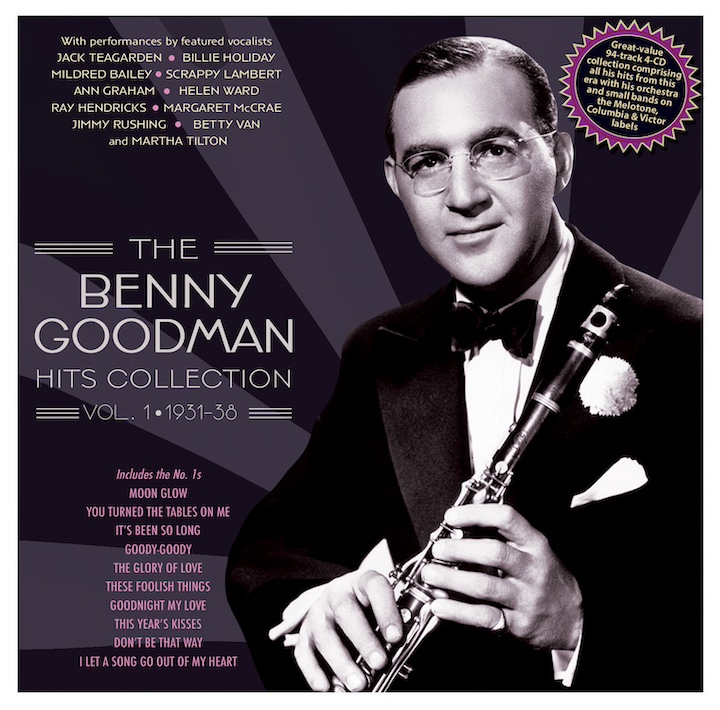
Benny Goodman, The Benny Goodman Hits Collection, Vol. 1: 1931–38 and Vol. 2: 1939–53. How popular was jazz clarinetist and bandleader Benny Goodman in his heyday? So popular that it takes these two anthologies – one with 94 tracks on four CDs, the other with 68 tracks on three CDs – just to contain his hit singles.
Goodman, who became known as the “King of Swing,” wasn’t an innovator on par with such contemporaries as Louis Armstrong and Duke Ellington, but he knew how to get audiences smiling and dancing, was peerless on clarinet, and helped to launch the careers of many other artists. His 1938 Carnegie Hall concert is a must for any jazz collection, and so are these consistently exciting hits packages, which include such pop hits as “Goody-Goody,” “Jersey Bounce,” “Sing, Sing, Sing (with a Swing),” “Moonglow,” and “Don’t Be That Way.” Some of the lyrics on these old recordings now sound dated – one number is called “Gee! But You’re Swell” – but the music still resonates.
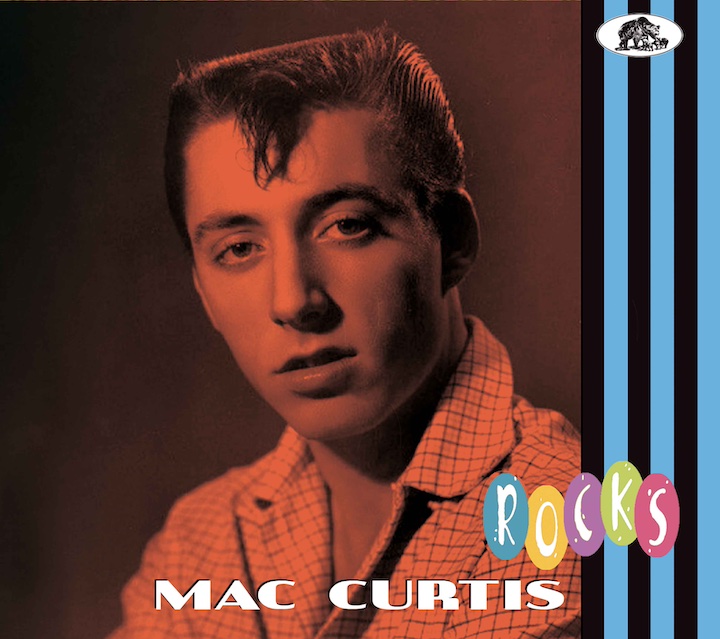
Mac Curtis, Rocks. Though rockabilly music from the 1950s exerted a major influence on the Beatles and countless other rock acts, most of the genre’s important pioneers aren’t exactly household names today. Case in point: Texas native Mac Curtis. The artist, who died in 2013, never had a Top 40 pop hit but his personality-drenched vocals and fine guitar work rank him with rockabilly’s most notable proponents.
This album, which includes a 32-page booklet with discographic information and extensive notes, draws from releases for multiple labels to cover Curtis’s entire career. Its remastered program features 17 tracks from the 1950s; 11 from the 1970s, when the singer played a major role in rockabilly’s European revival; and three from 1998. A bonus track finds rockabilly artist John Lewis and his Rock ‘n’ Roll Trio paying a high-energy tribute to Curtis with a song called “Flat Top Cat.”

Be, Here. This is the first album from David Hawkins’ Be since 2016’s You (though he has subsequently released two other CDs under the name of his other band, Hawk). As on the earlier record, Hawkins wrote all the songs, produced, and played a wide variety of instruments – piano, accordion, Melotron, celeste, and vibes, to name a few. His accompanists include former Elvis Costello drummer Pete Thomas and, on one track, vocals by Jayhawks co-founder Gary Louris.
Hawkins’ soundscapes sometimes get overly repetitive but at their best, such as on the trumpet-enhanced “Am I Not Dreaming,” they’re enveloping and hypnotic. “I Need You Like the Sun,” the leadoff track, seems like something George Harrison might have created, but the most obvious influence on Here is the Beach Boys’ Pet Sounds period, so it’s no surprise that Hawkins dedicates the record to “the great Brian Wilson.”
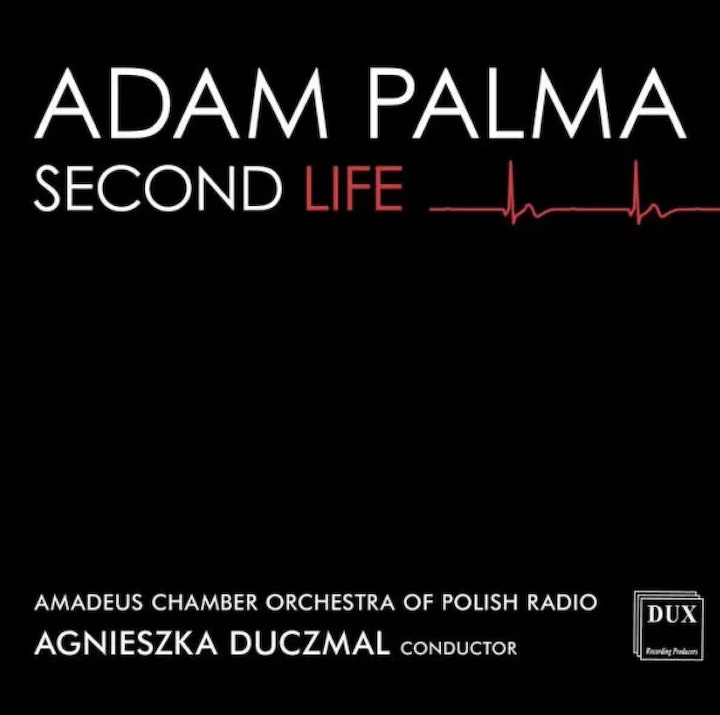
Adam Palma, Second Life. Second Life is said to be the first album ever to feature both acoustic guitar and a string orchestra on every track. Be that as it may, the instrumental record boasts another unusual distinction: its maker, jazz guitarist Adam Palma, created it after emerging in 2020 from 44 days of induced coma due to Covid and being told that he might never regain strength in his fingers and thus might not be able to perform again. As you might expect, the record is emotional and reflects the artist’s joy at being given the second chance at life that prompted its title.
Melding jazz and classical music and featuring the acclaimed Amadeus Chamber Orchestra of Polish Radio, the set includes five Palma originals, Among the eight other tracks are two from Frederic Chopin, whose works have been a major influence on the guitarist, a Polish native who now lives in the U.K. This is elegant and absorbing music and well worth your attention.
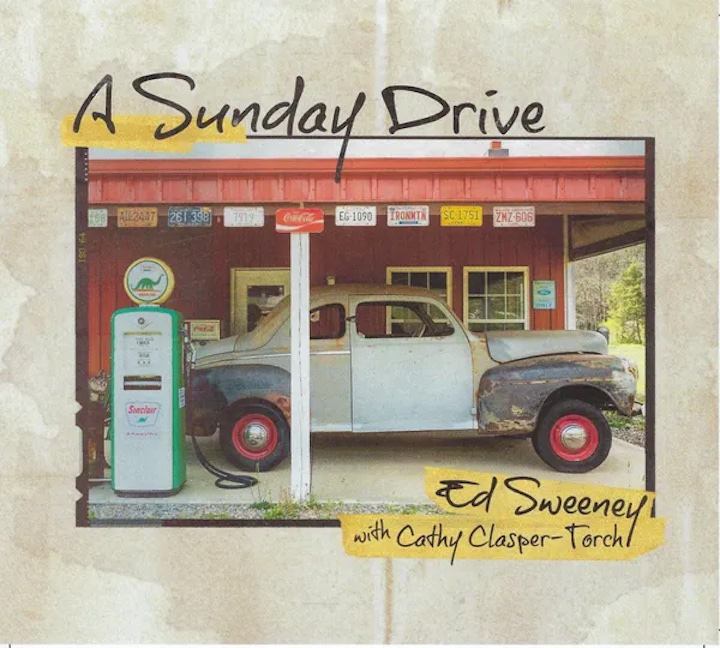
Ed Sweeney with Cathy Clasper-Torch, A Sunday Drive. Singer, guitarist, and banjo player Ed Sweeney selected an image of an old car at an abandoned gas station for the cover of this album, which is fitting since the CD frequently looks back to earlier times and life off the beaten path. Accompanied throughout the set by Cathy Clasper-Torch, who plays fiddle, cello, and erhu (a Chinese two-stringed instrument), he opens the set with an instrumental reading of “Auld Lang Syne.”
There are quite a few other traditional numbers on the CD, Sweeney’s ninth, but the artist also makes room for more contemporary material, including his own “A Little Traveling Music” and George Harrison’s “While My Guitar Gently Weeps.” Death is a recurring theme in songs such as “A Long Time Traveling,” “Bury Me Not on the Lone Prairie,” “When I Get Home,” and “A Lament for the Death of the Reverend Archie Beaton,” but there’s more joy in this music than that focus suggests.
Jeff Burger’s website, byjeffburger.com, contains five decades’ worth of music reviews, interviews, and commentary. His books include Dylan on Dylan: Interviews and Encounters, Lennon on Lennon: Conversations with John Lennon, Leonard Cohen on Leonard Cohen: Interviews and Encounters, and Springsteen on Springsteen: Interviews, Speeches, and Encounters.


